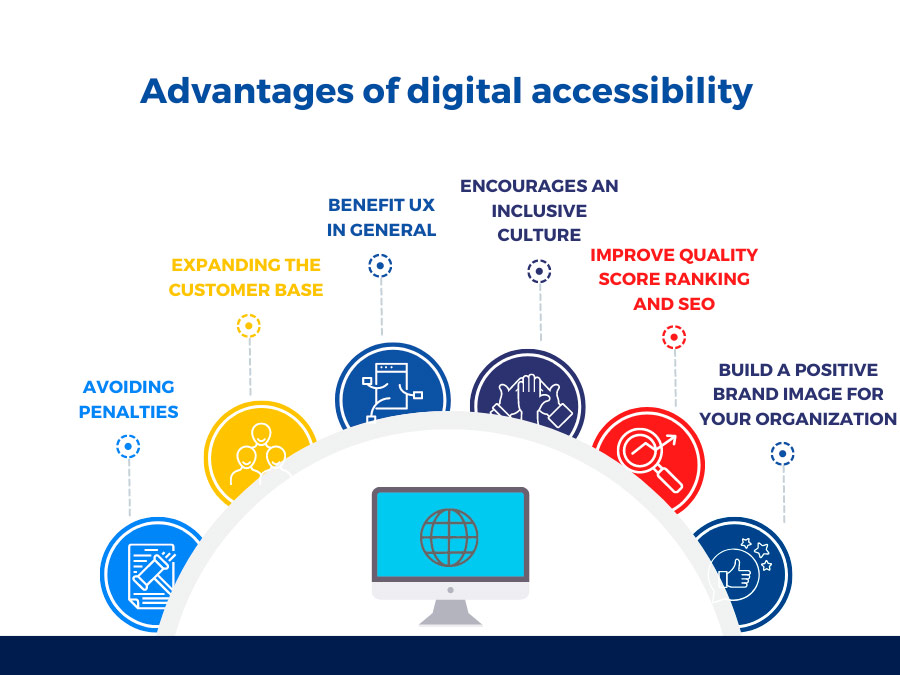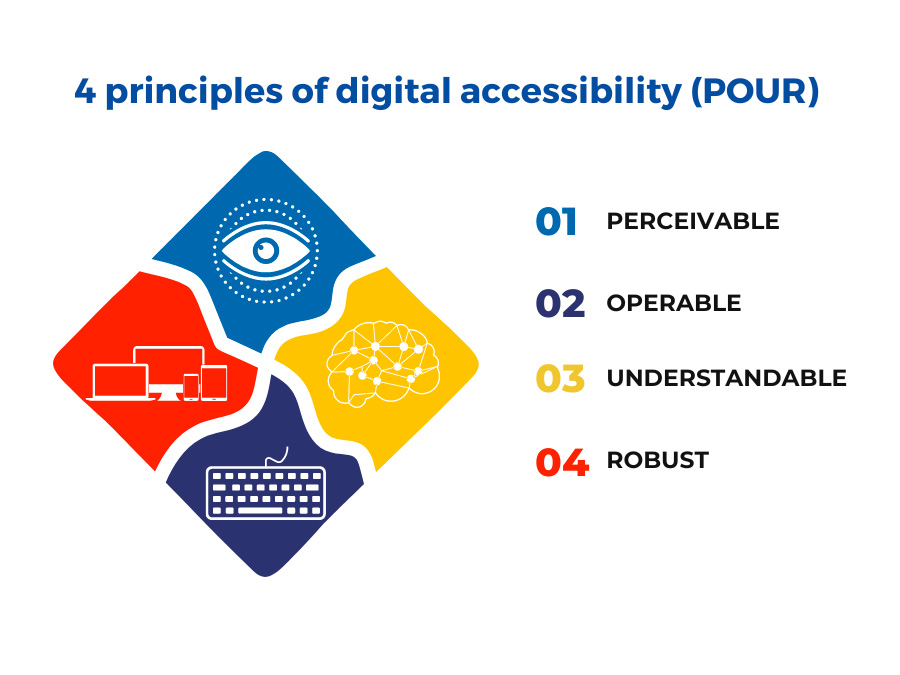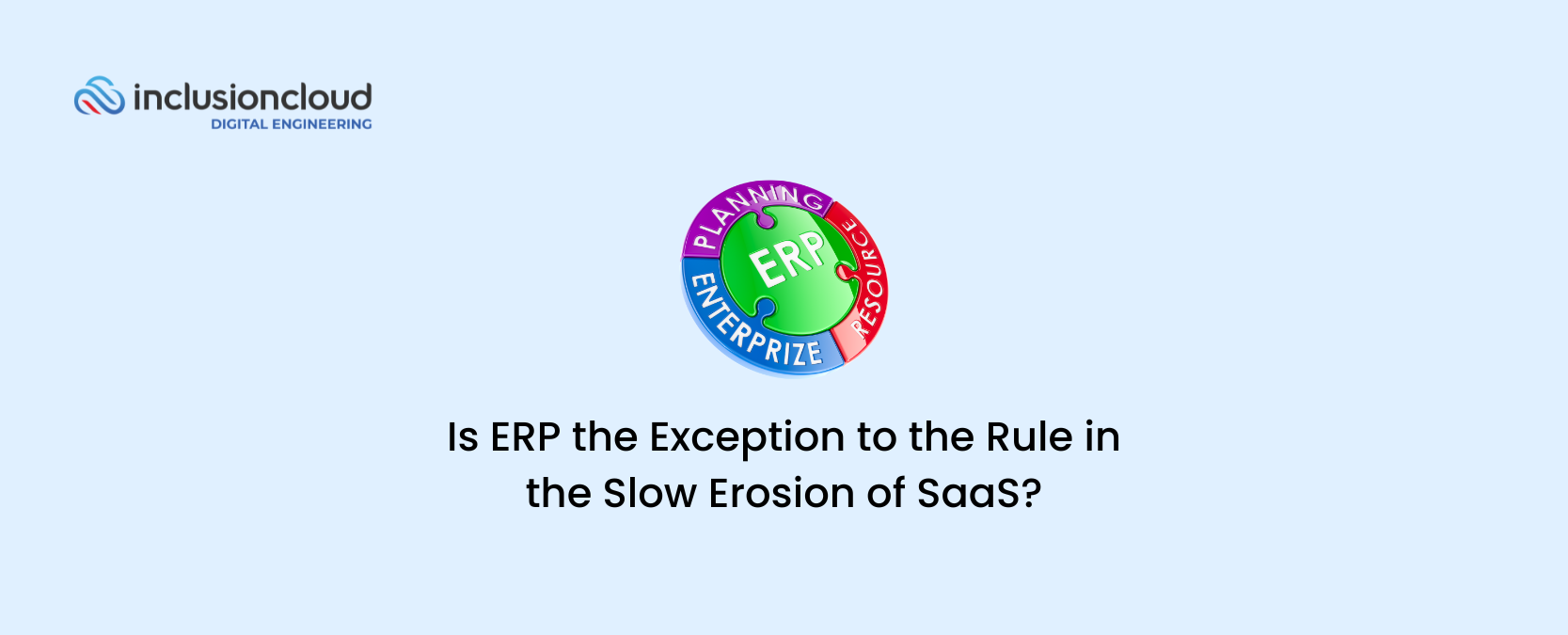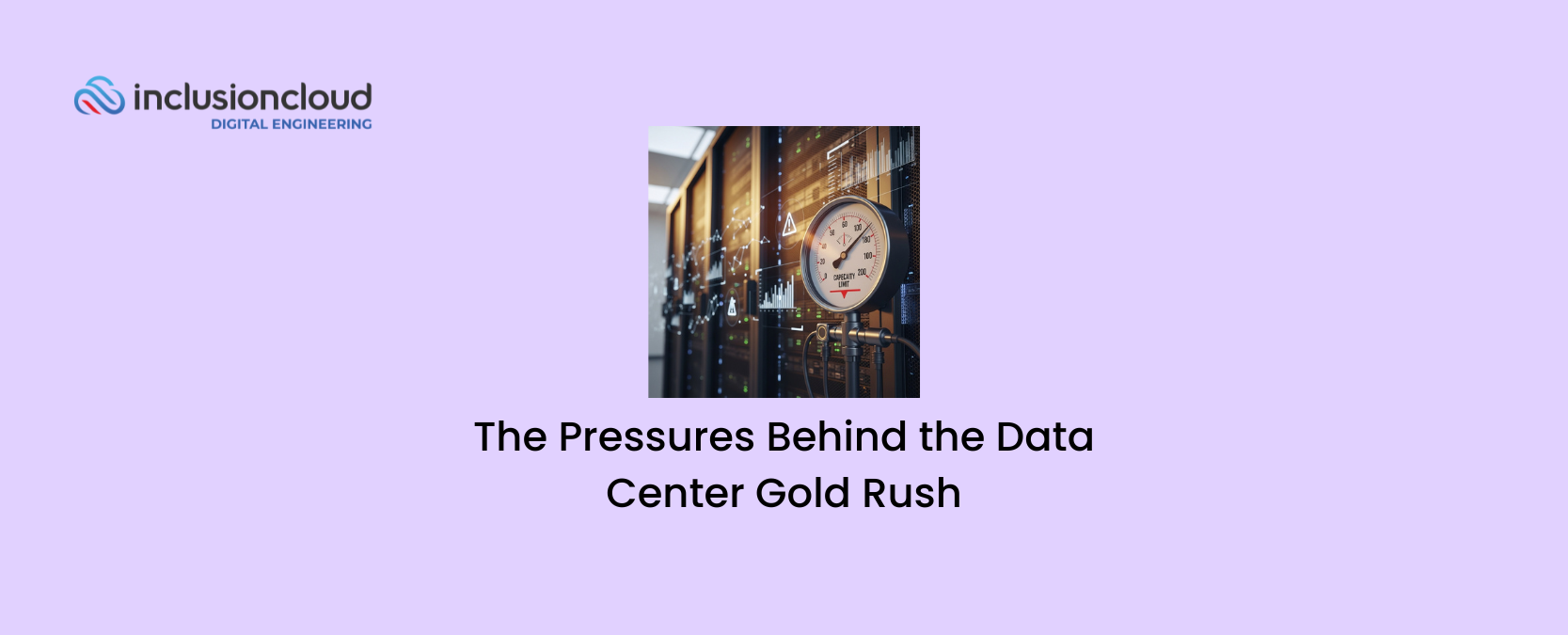In an increasingly digitalized world where people can work, shop, have fun, and study, among other activities, it is important to find room for everyone. More people spend many hours in the digital world, but the problem is that not everyone can interact with it in the same way.
Although they should…
Applications and website access should be equitable, and many organizations are beginning to take steps to provide users with a better experience, regardless of age, language, ability, or whether a person has a disability.
While often unaware, the number of people who need more accessible navigation is larger than you might think. According to the Center for Disease Control and Prevention (CDC), in the US alone, 61 million people live with some type of disability (whether temporary or permanent).
In this article, we’ll look at why digital accessibility is essential and how it can help boost your business and your customers’ experience.
What is Digital Accessibility?
Digital accessibility is the creation of digital products, whether web pages, applications or software, that ensure prevention of barriers to user interaction. Those products that are designed correctly are those that allow all users to have equal access to information and functionalities, regardless of whether they have disabilities, socioeconomic restrictions on speed and bandwidth, or any other type of restriction.
What are the benefits of Accessibility for businesses?
It is an important challenge for organizations to offer digital products and services built on accessibility principles. In addition to ethical and legal questions, accessibility can also bring important benefits for companies that will allow them to improve their customer base, the quality of their services, and a better brand image. Here are some of the advantages:

Avoiding penalties
There are penalties for non-compliance with ADA (Americans with Disabilities Act) regulations. For example, companies that have a website with accessibility problems may face financial penalties and may even be forced to redesign the site.
Expanding the customer base
According to United Nations reports, more than 1 billion people in the world have disabilities (temporary or permanent), which is equivalent to 15% of the world’s total population. Creating digital products accessible to all can greatly increase the customer base and even forge commercial loyalty because not all organizations consider the basics of accessibility.
Benefit UX in general
Digital accessibility not only benefits users with disabilities. It also improves the overall user journey and interaction with a digital product. Also, increase the number of on-site conversions by providing a seamless experience.
For example, in an online store users will be able to navigate more efficiently and find what they are looking for (for example, if they need help making a purchase). Even, is more likely to choose your business again because they had a smooth experience.
Encourages an inclusive culture
A company that provides room for diversity and has an inclusive culture will build a better relationship with customers and employees. Many companies in recent years have begun to work inwards to improve their work culture as this can bring significant improvements in terms of productivity.
According to a report by McKinsey, diversity in the workplace can help boost innovation and improve financial performance.
Improve quality score ranking and SEO
It is well known that search engines – such as Google – take into account optimization issues to rank websites. But not everyone knows that they also take accessibility parameters into account.
Google’s robot, like a user who cannot see an image, needs text for a better understanding of the information and thus better positioning.
If search engines encounter barriers that make it difficult for them to crawl your pages, and index your content, and keywords, you will not appear in search engine results pages or be indexed by irrelevant words.
Build a positive brand image for your organization
Consumers increasingly pay attention to the culture and values of each company before buying a product or service. So, forming an inclusive company will boost your sales and your image with the public.
What are the accessibility guidelines?
The accessibility guidelines, known as WCAG (Web Content Accessibility Guidelines), are intended to help programmers to create programs that are accessible to all users.
The organization that regulates and promotes accessibility on the Internet is the World Wide Web Consortium (W3C) through the WAI (Web Accessibility Initiative) group. These guidelines have been updated over the years and are accepted as international references.
WebAIM conducted research in which it analyzed nearly 1 million websites for WCAG compliance. The report found 50,829,406 distinct accessibility errors, an average of 50.8 errors per page. In total, 96.8% of the web pages were flawed in relation to the WCAG.
Following, we will glance at the four digital accessibility principles.
4 principles of digital accessibility (POUR)
POUR represents the four digital accessibility principles established by the WCAG:

Perceivable
The interface information must be presented so that nothing is undetectable. For example, images must have alt text so that a blind person can understand them through audio.
Operable
Implies that users should be able to interact and navigate the interface in multiple ways, e.g., using a mouse, keyboard, and voice command.
Understandable
The design of the web page or application must be understandable to all users. This means that it should not be extremely complicated, it should have standardized patterns so that the user can understand the organization of the information.
Robust
Content must be equally robust across different technologies and platforms (browsers, PCs, mobile, etc).
The 3 levels of POUR compliance
WCAG has generated a rating for sites and applications to decide the level of compliance with accessibility guidelines:
- Level A: The site will be accessible to many, though often with considerable extra effort on the part of those living with substantial disabilities.
- Level AA: This level will outcome in most users having access to content, though not necessarily with equal access for all.
- Level AAA: This site provides advanced accessibility criteria.
How can we do better?
Considering that more than 90% of websites and applications have accessibility issues, there are some best practices that will help promote the importance of creating products that are suitable for everyone:
Make sure you have UX and UI experts
Hiring the right talent for your project is critical to getting the best results. Developers with expertise in UI and UX design can be the key to making your product meet accessibility guidelines and be suitable for everyone.
Keep up to date
As time goes by, standards and guidelines are updated. That is why it is important that your development team is aware of the updates so as not to fall into non-compliance.
Use alt texts
Using alt text in images can ease understanding for those who need a screen reader or even for those who cannot see the image due to a connection problem. In addition, as we mentioned, it also helps the understanding of the site by the Google robot that ranks the SEO.
Order content with consistency
It is important that each page of a site has a consistent design as well as the use of icons and elements to generate confident navigation for the user so that they can easily find what they are looking for.
Don’t let appearance complicate things
Make sure that the font is legible, and that it has contrast for easy viewing with the option to increase font sizing, parsing, and spacing, to make web content more readable.
Who else benefits from accessibility?
Accessibility will not only help improve the experience for those who have a disability, but in general, it will improve the browsing experience on the website or application. Other beneficiaries of these criteria are:
- Users with smaller screens such as mobile devices, smartwatches, and smart TVs.
- Older people
- Users who have a temporary disability, such as a broken arm, misplaced glasses, or are recovering from surgery.
- Anyone who is restricted by circumstances such as bright sunlight or a noisy environment.
- People with a slow Internet connection or limited bandwidth.
Conclusion
What’s important for businesses to understand in 2023 is that digital accessibility is more than just a social responsibility issue. It is also a fantastic business opportunity to grow the customer base, build loyalty, provide a better navigating experience, improve SEO positioning and conversion rate, and enhance brand image.
If your company is interested in making the leap to create products that adhere to accessibility guidelines, you can consult our services.
We provide companies with the best talent in product ideation, UX design, testing, and QA. Contact us!





